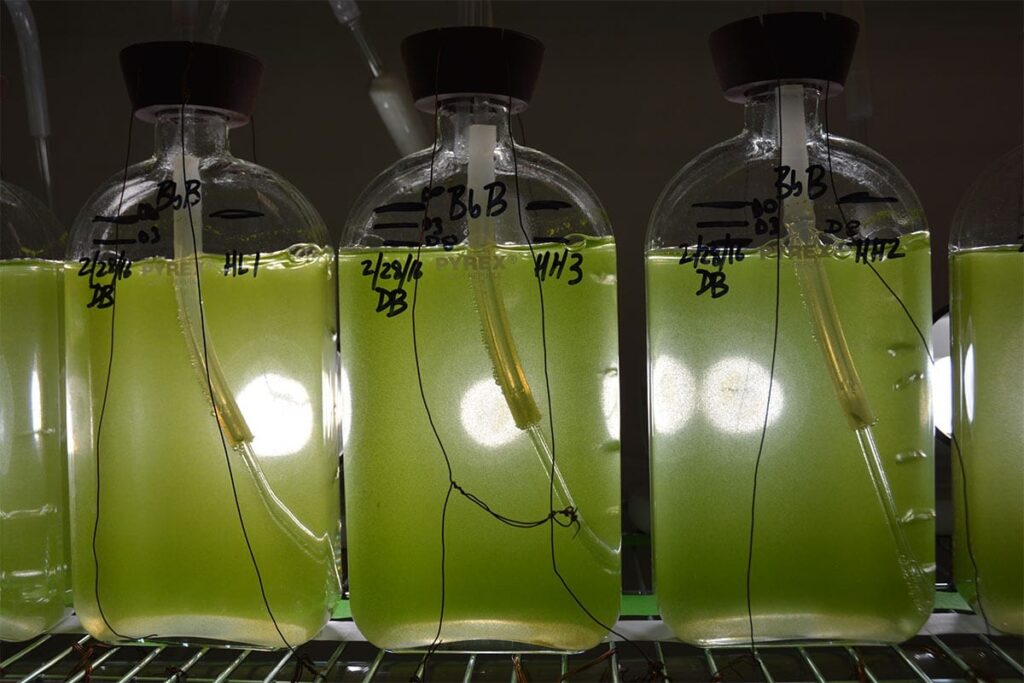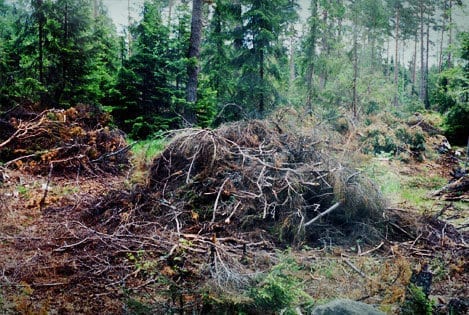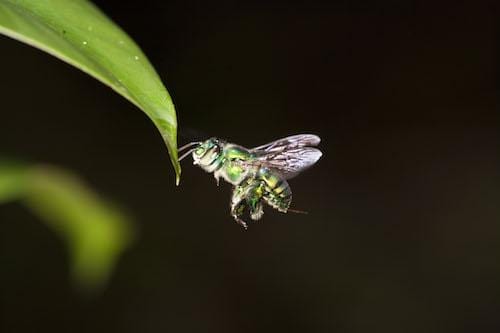
Enzyme discovery leads scientists further down path to pumping oil from plants
An enzyme responsible for making hydrocarbons has been discovered by Texas A&M AgriLife Research scientists studying a common green microalga called Botryococcus braunii.
The study, published in the current issue of the journal Nature Communications, could enable scientists to use the enzyme in a plant to make large amounts of fuel-grade oil, according to Dr. Tim Devarenne, AgriLife Research biochemist in College Station and lead scientist on the team.
Devarenne’s lab has been studying the concept of making fuel from algae on a $2 million National Science Foundation grant for four years.
“The interesting thing about this alga is that it produces large amounts of liquid hydrocarbons, which can be used to make fuels such as gasoline, kerosene and diesel fuel,” Devarenne said. “And these liquid hydrocarbons made by the alga are currently found in petroleum deposits, so we are already using them as a source to generate fuel.
“Botryococcus is found pretty much everywhere in the world except for seawater,” he added. “It’s very cosmopolitan. It grows in freshwater or brackish water. It’s found in almost all ponds and lakes around the world. It’s been found in every continent except Antarctica, and it grows from mountain to desert climates.”
What his lab has been trying to understand is how Botryococcus braunii makes the liquid hydrocarbons — what genes and pathways are involved — so the genes can be manipulated to make more oil, possibly by transferring those genes into a land plant like tobacco, or maybe other algae that grow very quickly, Devarenne said.
“One of the issues with Botryococcus is that it grows very slowly. You just don’t get a lot of biomass and on an economic scale that means it would not work to use this alga. It takes about a week for one Botryococcus cell to double into two cells, whereas a faster growing algae — but one that doesn’t make a lot of oil — can double in about six hours,” he said. “Maybe if we can transfer the genetic information to make these oils into quicker growing organisms like other algae that grow a lot quicker or a land plant that can produce large amounts of biomass, we can have them produce oil for us.”
Learn more: Pumping Oil from Plants










